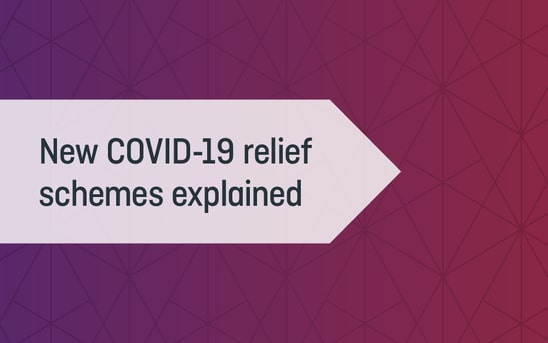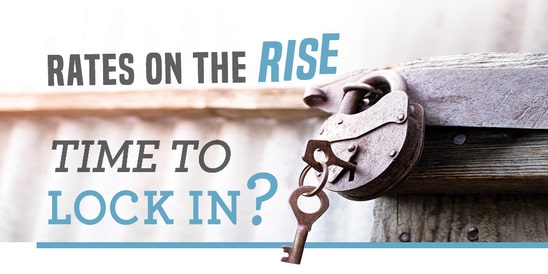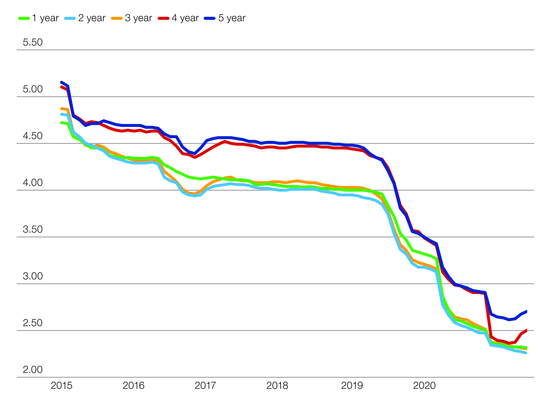Stay up to date with what’s happened in Australian and global markets over the past month.
Our August update video takes you through key economic indicators, as both markets and the economy react to the continued on-again, off-again lockdowns throughout numerous states in July.
Please get in touch if you’d like assistance with your personal financial situation
Suite 2, 1 Railway Crescent
Croydon, Victoria 3136
Telephone: 03 9723 0522
Email: integrityone@iplan.com.au






